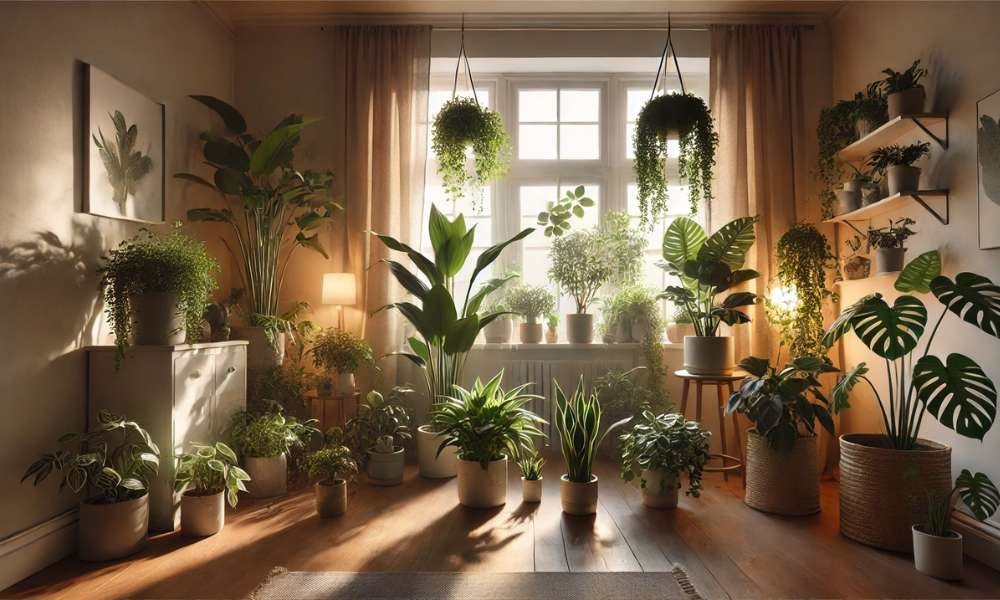Taking care of indoor plant life without daylight can appear to be an assignment, however, it’s completely viable with the right approach. Whether you live in an apartment with constrained herbal mild or honestly need to liven up a dark nook, records at the manner to take care of flora that prosper in low moderation is critical. Learning how to take care of indoor plant life without sunlight is composed of choosing the proper plants, information on the manner to supplement sunlight, and preserving the right surroundings. This guide will assist you in keeping your indoor greenery lush and healthy, even without direct daylight hours.
Why Indoor Plants Can Thrive Without Direct Sunlight

In nature, many vegetation are accustomed to growing beneath dense canopies, receiving only filtered or indirect sunlight. They’ve evolved to make the most of what little light reaches them. When these maintenance vegetation are brought into interiors, they can thrive if provided with proper care. Indirect light or artificial sources, such as LED grow lights, can mimic the conditions they need to photosynthesize and grow strong.
The Importance of Proper Care for Indoor Plants in Low-Light Conditions

Taking care of plants that don’t get direct sunlight demands attention to detail. These vegetation are resilient, but they do have specific requirements. Watering schedules, soil management, and light supplementation play vital roles. The goal is to nurture an environment that encourages growth, even without ample natural light, ensuring that your vegetation remains vibrant and healthy. With the right approach, you can avoid weak stems and dull leaves while keeping your vegetation thriving in maintenance settings.
Understanding Indoor Plants and Light Requirements
Do Indoor Plants Really Need Sunlight?

Sunlight is crucial for most vegetation, but certain species have adapted to thrive without direct exposure. Snake vegetation and pothos, for example, can flourish in indirect or artificial light. The truth? Sunlight isn’t irreplaceable. With the correct light alternatives, such as LED grow lights, your vegetation can photosynthesize and stay healthy, even without the sun.
The Role of Artificial Light in Indoor Plant Care

Artificial light is essential for many interior gardeners, particularly those with spaces that lack direct sunlight. LED grow lights are ideal as they offer a spectrum of light similar to the sun. By positioning these lights appropriately and adjusting the duration of light exposure, you can simulate natural sunlight, allowing your vegetation to grow just as it would outdoors.
Best Low-Light Indoor Plants for Beginners
Top 5 Plants That Can Thrive Without Sunlight
Not every plant thrives in Dimmaintenance, but the following five species are exceptional at doing just that:
- Snake Plant: Known for its resilience, this nearly indestructible plant requires minimal light and water to thrive, making it perfect for beginners.
- ZZ Plant: With its glossy, dark green leaves, the ZZ plant is a Dim-maintenance beauty that thrives even in the deepest shadows.
- Pothos: A robust, fast-growing vine, pothos tolerates Dimmaintenance and continues to flourish, adding greenery to the darkest corners.
- Spider Plant: Famous for its ability to purify air, the spider plant is highly adaptable and can thrive with limited Shade.
- Peace Lily: Elegant and graceful, the peace lily prefers indirect light but remains forgiving in Dim-Shade settings, making it an ideal maintenance companion.
How to Choose the Right Plant for Low-Light Spaces

Selecting vegetation for maintenance areas requires attention to species that are well-suited to shaded environments. Consider the humidity, temperature, and available light in your home. For beginners, resilient vegetation like the ZZ plant or snake plant is ideal, as they are easy to care for and adaptable to various conditions.
Alternative Light Sources for Indoor Plants
Using LED Grow Lights: A Complete Guide
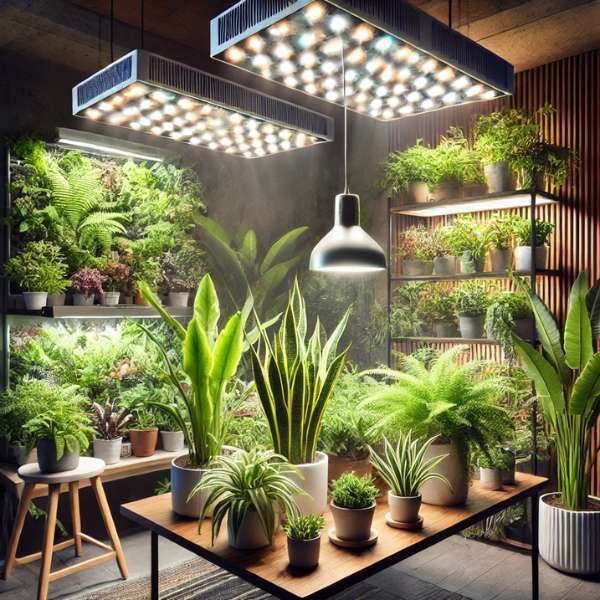
LED grow lights replicate sunlight’s spectrum, making them an excellent alternative when natural light is scarce. Place these lights 6-12 inches above your vegetation and give them 12-16 hours of light per day, allowing for rest periods in darkness. Done correctly, your vegetation will thrive under these artificial conditions.
How to Maximize Indirect Natural Light for Your Plants

Even in maintenance rooms, you can optimize the available indirect light. Position vegetation near windows, mirrors, or reflective surfaces to catch any natural light filtering in. Rotating your vegetation ensures even growth, preventing lopsided stems or uneven leaf development.
Watering Indoor Plants Without Sunlight
How Often Should You Water Low-Light Plants?

Low-maintenance vegetation requires less water than those in sunlit rooms. Their soil retains moisture longer, so overwatering is a common issue. Let the top inch of soil dry before watering, typically every 1-2 weeks.
Signs Your Indoor Plant is Overwatered or Underwatered

Overwatered vegetation often develops yellow leaves, mushy stems, and root rot. Underwatering, however, leads to crispy, dry leaves, and stunted growth. It’s easier to recover from underwatering than overwatering, so err on the side of caution.
Soil and Potting Tips for Low-Light Plants
Choosing the Right Potting Mix for Low-Light Plants

A well-draining mix is essential in Dim maintenance environments to prevent root rot. Opt for soil containing perlite, vermiculite, or peat moss for good moisture balance and breathability.
Do Indoor Plants Need Special Soil for Low-Light Conditions?

While no special soil is required, proper drainage is key. Amending the soil with organic materials, such as compost, ensures your Vegetation roots stay healthy without becoming waterlogged.
Fertilizing Indoor Plants in Low-Light Environments
Best Fertilizers for Houseplants Without Sunlight

Even without sunlight, vegetation needs nutrients. A balanced liquid fertilizer or slow-release granules work well. Organic fertilizers like compost tea or seaweed extract are gentle and effective options.
How Often Should You Fertilize Indoor Plants in Low Light?

Because maintenance vegetation grows more slowly, it requires less frequent feeding. Every 6-8 weeks during the growing season should suffice. Avoid over-fertilizing, as this can damage the roots.
Dealing with Common Pests on Low-Light Indoor Plants
How to Prevent and Treat Pests on Indoor Plants Without Sunlight

Even in Dim maintenance, interior vegetation can attract pests like aphids or spider mites. Regularly inspecting and wiping down leaves helps prevent infestations. If needed, treat vegetation with neem oil or insecticidal soap to manage pests.
To treat abiotic diseases in indoor plants, the consciousness of pests on creating managed surroundings. Regularly check out vegetation for signs and symptoms of pests, consisting of discolored leaves or holes. Use non-poisonous solutions like neem oil or insecticidal soap to manipulate infestations. Avoid overwatering, as damp conditions can result in root rot. Provide proper humidity and temperature levels to help plants thrive without daylight.
Natural Remedies for Common Plant Pests

Garlic spray or diatomaceous earth can repel pests without chemicals. Diluted rubbing alcohol is another natural method for tackling small infestations.
Temperature and Humidity Control for Indoor Plants
How to Maintain Optimal Temperature for Low-Light Plants

Low-maintenance vegetation generally prefers temperatures between 65°F and 75°F. Keep them away from drafts or sudden temperature changes, which could cause stress and damage.
The Importance of Humidity in Indoor Plant Care

Higher humidity levels benefit most Dim maintenance vegetation, especially tropical varieties. Misting, grouping vegetation, or using a humidifier can help create the perfect microclimate for your interior garden.
How to Prune and Trim Low-Light Indoor Plants
Why Pruning is Important for Houseplants in Low Light

Pruning promotes a wholesome boom by means of doing away with useless or yellowing leaves. It additionally enables a neat look and forestalls the Vegetation from losing strength on broken growth.
Best Practices for Pruning Houseplants Without Sunlight

Use sharp, smooth shears to trim above leaf nodes, encouraging new growth. Regular pruning keeps vegetation in top situation, even in Dim maintenance.
Propagating Indoor Plants Without Sunlight
Simple Ways to Propagate Low-Maintenance Plants at Home

Propagation is simple with Dim maintenance vegetation like pothos or ZZ plant life. Cut healthy stems, area them in water or soil, and watch for new roots to shape.
How to Use Cuttings to Grow More Plants Indoors

Once rooted, transplant your cuttings into small pots with drainage holes and well-draining soil. With persistence, your new Vegetation will thrive in its sparkling domestic.
Reviving Houseplants Struggling in Low Maintenance
Signs Your Indoor Plant Needs More Light

Leggy growth, yellow leaves, or stunted development could imply a want for greater light. Move your Vegetation to a brighter spot or complement it with grow lights to help it get better.
How to Save a Plant That’s Suffering in Low-Light Conditions

Adjust the watering schedule, introduce a grow light, and prune damaged leaves. With care, you can revive a plant struggling in Dim maintenance settings.
How to Rotate Indoor Plants for Balanced Growth
Why Rotation is Key for Indoor Plant Health

Plants tend to grow towards Shade, causing uneven growth. Regularly rotating them ensures balanced exposure and promotes healthy, even development.
How Often to Rotate Your Houseplants for Even Growth
Rotate your plant a quarter turn every 1-2 weeks to encourage uniform growth.
Creating a Maintenance Routine for Indoor Plants Without Sunlight
How to Build a Simple Care Schedule for Low-Light Plants

Establish a routine with tasks like checking soil moisture, cleaning leaves, and inspecting for pests. Every few months, report plant and refresh their soil to maintain optimal health.
Monthly Checklist for Taking Care of Houseplants in Low Light
- Watering: Let the soil dry between waterings.
- Pruning: Remove dead or damaged leaves.
- Fertilizing: Feed every 6-8 weeks.
- Pest Control: Regularly check for pests.
- Cleaning: Wipe leaves to improve light absorption.
- Rotating: Rotate the plant for even growth.
Decorating with Indoor Plants in Low-Light Rooms
Creative Ways to Display Low-Light Houseplants
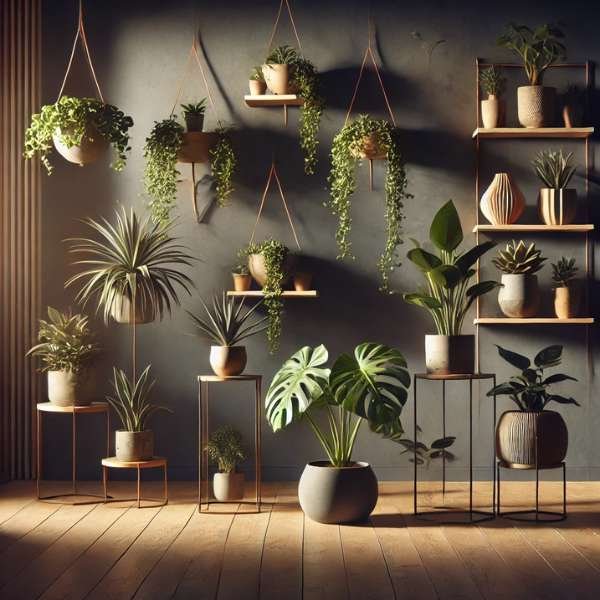
Use hanging planters, tiered stands, or floating shelves to show off your interior flowers creatively, in particular in areas with restrained light.
How to Use Indoor Plants to Brighten Dark Corners
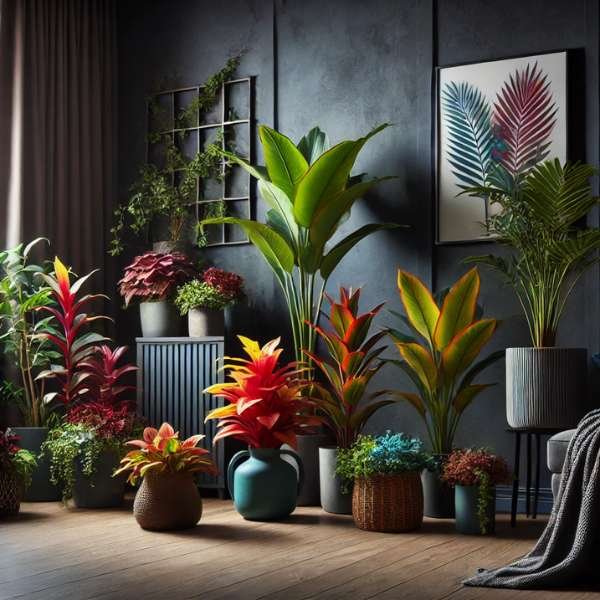
Plants with colorful, bold foliage can breathe lifestyles into darkish corners. Pair them with ornamental pots or baskets to beautify the room’s aesthetics.
The Benefits of Low-Light Plants in Your Home
How Houseplants Improve Air Quality in Low-Light Spaces

Plants just like the spider plant and peace lily purify the air by soaking up dangerous pollution, making them best for improving interior air fine in dimly lit rooms.
Mental and Physical Benefits of Having Indoor Plants

Studies have shown that caring for plant life reduces stress, complements mood, and increases productivity. Nurturing interior greenery gives each mental and bodily fitness blessing.
Common Myths About Growing Indoor Plants Without Sunlight
Debunking Popular Myths About Low-Light Plant Care

A commonplace misconception is that interior flowers want direct daylight to continue to exist. In truth, many thrive in Dim maintenance or with the help of artificial Shade sources. Another fantasy? That Dim-mild plant requires much less care—even as they’ll want much less water or Shade, normal preservation remains key.
What Really Matters for Indoor Plant Growth Without Sunlight

A balance of Shade, water, and nutrients is what really topics. While daylight is important, it’s equally crucial to keep away from overwatering and offer ok nourishment.
Frequently Asked Questions About Houseplants and Low Light
Can Any Indoor Plant Survive Without Sunlight?

Not all plants can live without sunlight, but many maintenance species can thrive with artificial Shade.
What’s the Easiest Indoor Plant to Take Care of in Low Light?
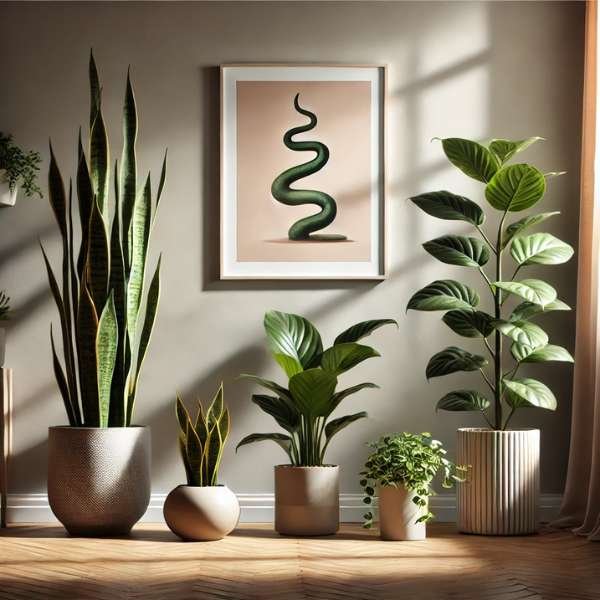
The snake vegetation is widely regarded as the easiest Dim maintenance plant to care for, with the ZZ plant and pothos also being beginner-friendly options.
Conclusion
Taking care of interior plants without sunlight is not only possible, it’s also rewarding. With the right strategies—choosing suitable vegetation, providing alternative lighting, and maintaining a proper care routine—you can cultivate a thriving interior garden, even in the dimmest corners of your home. Embrace the challenge and watch your interior vegetation flourish!

